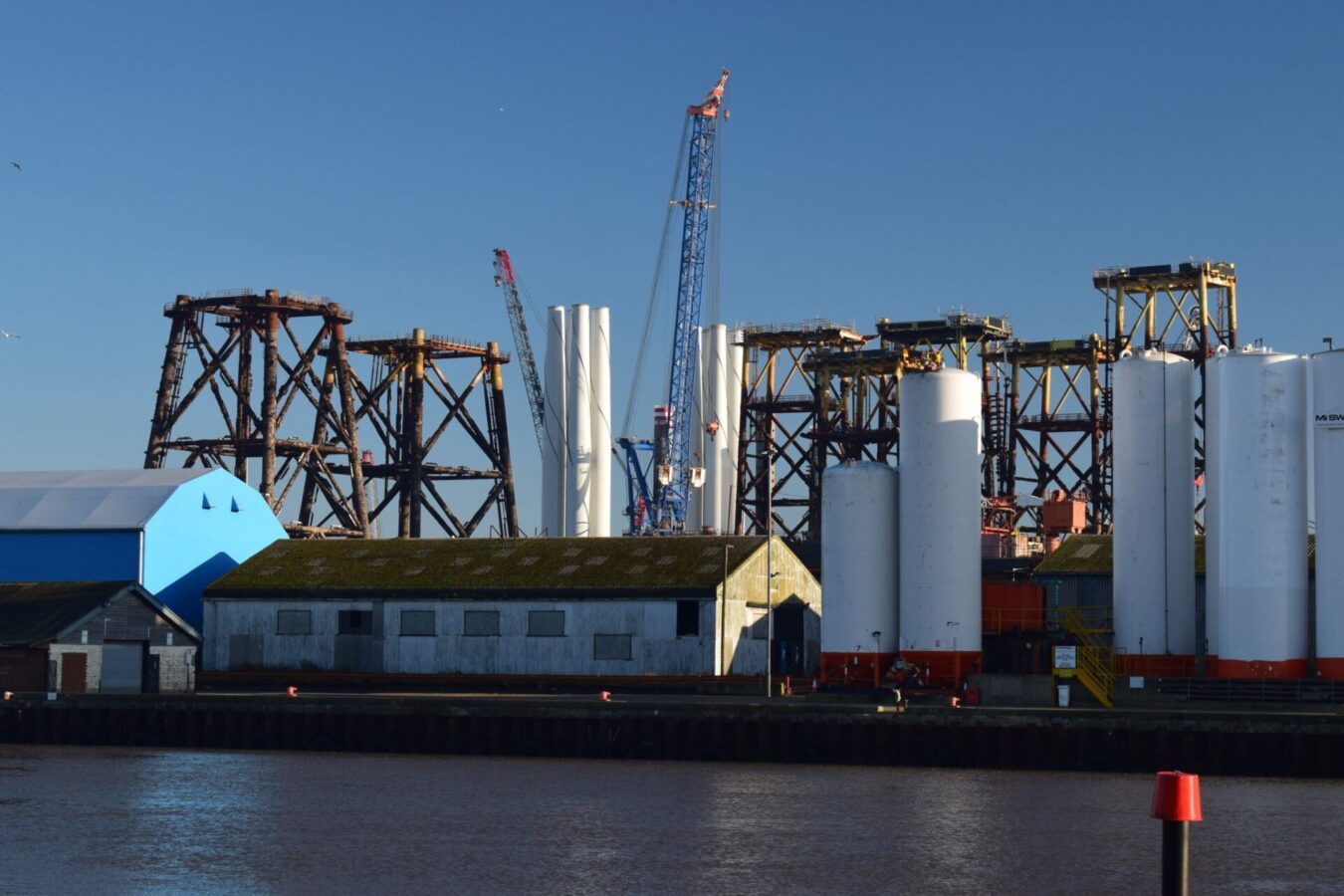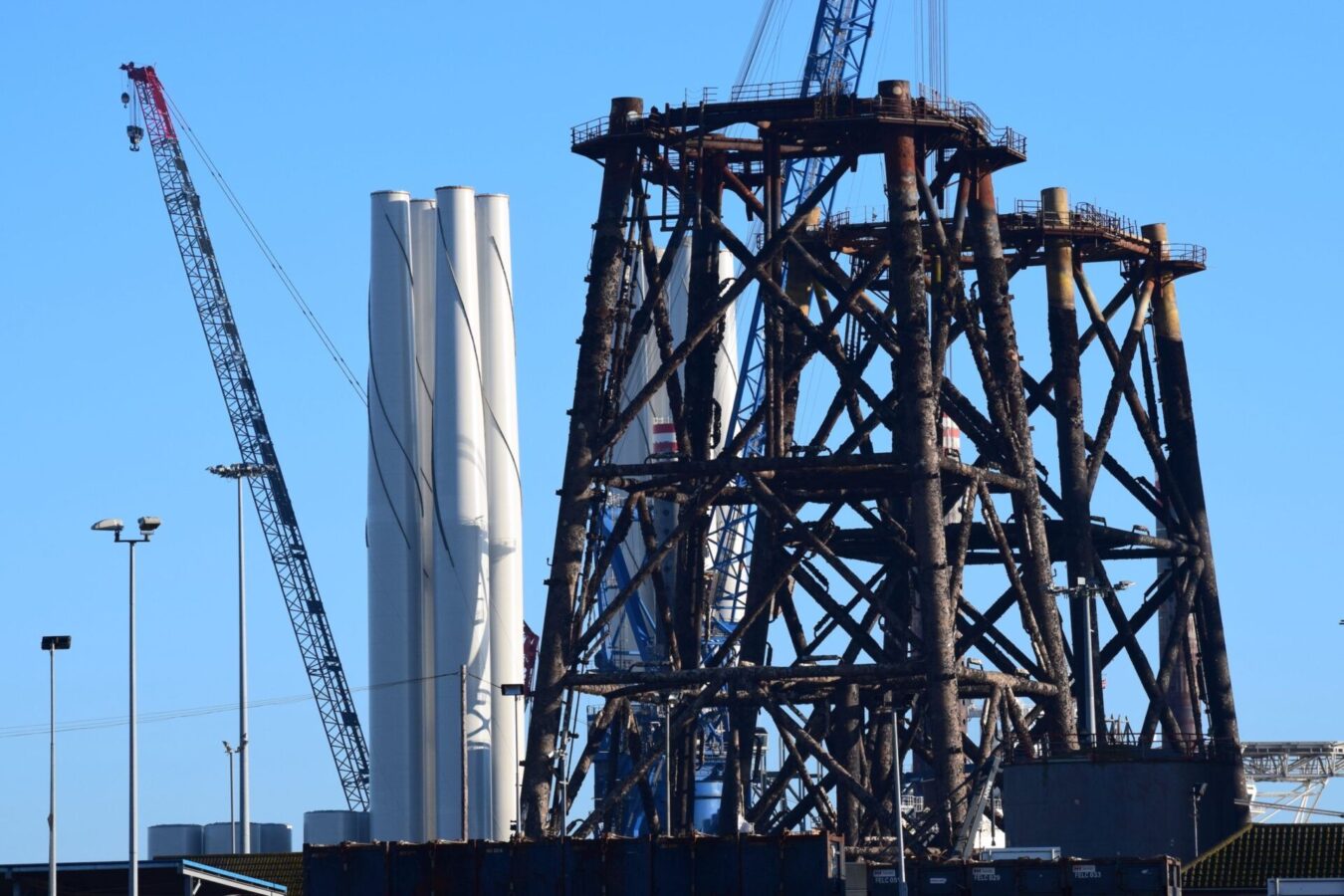
An “enormous prize” worth tens of millions of pounds lies ahead for east of England energy businesses to dismantle and dispose of up to 50 old oil and gas structures and equipment to be removed from the southern North Sea in the next decade.
A campaign to promote the region’s offshore decommissioning capabilities and expertise, its ports and ambitions starts today (Tuesday November 19) at the national Offshore Decommissioning Conference in Scotland.
More than 40 offshore operators and businesses were brought together with the government’s oil and gas regulator, the NSTA (North Sea Transition Authority) by the East of England Energy Group (EEEGR) to investigate how to capitalise on the region’s 60-year heritage of offshore energy expertise and attract southern North Sea infrastructure decommissioning work to East Anglia rather than into ports in the Netherlands.
At a special forum in Great Yarmouth, they vowed to work together to bring in redundant platform topsides and ‘jackets’, which are the yellow structures that stand on the sea bed supporting the topsides, make the UK offer competitive compared to the Dutch, and urge operators to guarantee a pipeline of steady work to avoid peaks and troughs.
Now the campaign launches at OEUK (Offshore Energies UK)’s Offshore Decommissioning Conference in St Andrew’s with EEEGR chair Kevin Keable promoting the east of England’s offer on the EEEGR stand at the exhibition and to potential customers.
The east of England has prime potential to market itself as a niche supplier of services for the smaller offshore infrastructure – up to 3500 tonnes – for its purpose-built decommissioning yard at Great Yarmouth, which is one of only five in the UK, and its deepwater ports to take in an average of five removal and disposal projects a year.

Bill Cattanach, NSTA head of supply chain, said:
“This is a huge opportunity knocking on our door. We need to make sure it doesn’t slip through our fingers.
“There is an enormous prize out there. We stand today with this opportunity ahead and should look to explore if we want to grab it with both hands or are we willing to sit back and watch it go over to the Netherlands? We have got the right people here and we should come out of here today with a better feeling about how we can go forward for a positive outcome.
“We are getting to a time when we expect a steady stream of decom work coming up with lots of assets coming to the end of their lives. We believe there will be about 40 assets between top sides and jackets to come ashore in the next decade – we are told there could be more, up to 50. If that was coming in a steady stream, it would be four facilities per year for the next 10 years. That is how we could create an efficient business here.
“If we can come to the conclusion that we have a facility that works, with enough depth, quayside and strength of quayside, and can guarantee a succession of work, there is a significant prize for the next decade.
“It might not all come into the UK but at least 50% should come to the UK through the North Sea Transition Deal and we should have a steady flow of work to the UK. My strong caveat is that we have to be competitive.”
EEEGR chair Kevin Keable said a working group of local authorities, ports, the supply chain, operators, demolition and disposal contractors would work on promoting the region.
There could be work for two yards in Great Yarmouth and one in Lowestoft.
“Let’s see what we can do to get as much of this dismantling work to East Anglia as we can. We are seeing work going to the Netherlands and other ports when we can do it here, where the industry began off Great Yarmouth and Lowestoft.”
A purpose-built decommissioning yard at Great Yarmouth set up eight years ago, and used to dismantle and dispose of old infrastructure from the former ConocoPhilips (now Harbour Energy) portfolio and Shell’s Leman, has been mothballed, but is being revitalised by demolition experts Liberty Industrial, which moved into the east of England 18 months ago.
Shell’s decommissioning portfolio is 19 smaller platforms. Perenco and Harbour Energy each have a large portfolio.
Operators are seeking long term technically competent partners to send their infrastructure for disposal.
Bill Cattanach said: “We are standing on the edge of a cliff for onshore dismantling. We have only four or five sites in the UK that we can do on shore dismantling – Shetland, Fife, Blythe, Teesside and the East of England.
“The Netherlands is the main competition to here but there is no inherent reason why we should not be more competitive.”
Martin Hewitt, of Liberty Industrial, said:
“Great Yarmouth is a fantastic facility and has the capabilities. It would be crazy for it not to be used for the assets coming online. We have the capability in the UK to deliver but it comes down to cost.”
The decommissioning programme was starting to show movement but could extremely expensive, he warned.
“Approaching this project by project is no good. We need long-term deals. Otherwise it is not sustainable and will be more costly.”
Grouping packages of multi-platforms would be more efficient and save costs, he said.
James Crosswell, of Peel Ports Great Yarmouth, said:
“We want to bring decommissioning works to this region. It will be great for the port and benefit so many more people locally.
“There is no reason why this work should be confined to one area of the Outer Harbour. We have nearly 60 acres of space. Why confine it to four acres?”
As well as demolition and disposal expertise, the east of England has more than half a century of offshore engineering experience.
Ian Sadler, of Wood, said:
“There is a lot of front-end work we can do here – study work, environmental support, design – we have all of the skill sets in this region.”
